Leicester city council’s
Selective Licensing Explained
Leicester City Council have introduced ‘Selective Licensing’ in some parts of the city from 10th October 2022.
WHAT IS SELECTIVE LICENSING?
Selective licensing requires all privately rented properties in the designated areas to be licensed by the city council. Privately rented properties occupied by five or more people living as two or more households are covered by mandatory HMO licences and are not included in this scheme.
WHAT DOES IT MEAN FOR ME AND MY PROPERTY?
Selective licensing places conditions on landlords to ensure issues such as gas and electrical safety, and installation of smoke, fire and carbon monoxide alarms are adequately dealt with, along with matters such as repairs and maintenance, waste disposal, tenancy management and issues connected with anti-social behaviour.
WHAT ARE THE CONDITIONS OF THE LICENCE BEING ISSUED?
The council will only issue a licence once it is satisfied that the criteria listed below have been met. In the event of any of the issues not being satisfactorily dealt with, the council may decide to impose extra conditions on the licence – or refuse the licence completely:
- The proposed licence holder and proposed manager/agent (if applicable) is a ‘fit and proper person’
- The proposed licence holder is the most appropriate person to hold the licence
- The proposed management arrangements are satisfactory
- Persons involved in the management of the property are competent
- The property is free from Category 1 Hazards as assessed under the Housing Health and Safety Rating System (HHSRS) Housing Act 2004. (See later on in this guide for

- WHAT WILL BE LOOKED AT?
- Gas Safety
- Furniture and Furnishings
- Conditions of Furniture
- Safety of Electrical Appliances
- Safety of Electrical Installations
- Electrical Installations Remedial Works
- Carbon Monoxide Alarms
- Smoke Alarms/ Fire Detection System
- Emergency Escape Lighting
- Automatic Fire Detection and Warning System Standard
- Fire Safety Certificate
- Fire Fighting Equipment
- Bin Provision and Waste Collection and Disposal
- Information Provision for Waste Collection and Disposal
- Security
- Tenancy Agreement
- Tenancy Management
- Property Inspection
- Repairs and Maintenance
- Tackling Anti-Social Behaviour
- Fit and Proper Person
- Change of Details or Circumstance
- Licence Holder Training
- Minimum Energy Efficiency
- Remedial Works Required
- The Costs
Payment must be made by debit card as part of the online application.
The fee is to be paid in two parts. The first part is to be paid when the initial application is made, and the second part will be due once the application has been processed and the council has issued the draft licence:
Part A fee – will cover the application processing costs including validation of the application, background checks, a fit and proper person assessment, a full inspection of the property together with advice to achieve compliance. This fee will also cover drafting of the licence and verification of any compliance issues identified.
Part B fee – will cover issuing the final licence, and consideration of any representations before issuing the full licence. This fee will also cover maintaining the public register, responding to complaints, enquiries associated with the scheme and compliance checks to the property.
DISCOUNTS
The cost of the licence will be subject to discounts and penalties. A maximum of three discounts can be applied to each application. The discounts available are:
- A 10% early bird discount for all applications submitted up to six months after the commencement date (10 October 2022).
- Accredited landlords will be entitled to a 10% discount, providing accreditation is maintained for the duration of the scheme.
- Registered charitable organisations will receive a 10% discount, providing charitable status is maintained for duration of the scheme.
- Properties with an EPC banding A, B or C will be entitled to a 10% discount to acknowledge the works undertaken on the building in excess of the legal minimum standard.
- Multiple applications by landlords or managing agents will pay the full fee applicable for the first application. Subsequent applications will be charged minus the fit and proper persons checks with a 10% discount.
- Properties in the Gold Leasing Scheme (those leased to Leicester City Council whilst still maintaining management) will be entitled to a 10% discount, providing membership is maintained for the duration of the scheme.
All the discounts (except early bird, which is for the first six months only) will available for the first 18 months of the scheme.
All new landlords who take legal ownership of a property after the scheme has started will be able to apply with all available discounts, providing the application is made within six months of legal ownership of the property.
Part A – Application £872
Part B – Enforcement £218
Total Fee Payable – £1,090
no discount
Total Fee Payable – £1,090
Part A – Application £784.80
Part B – Enforcement £196.20
Total Fee Payable – £981
10% discount
Total Fee Payable – £981
Part A – Application £697.60
Part B – Enforcement £174.40
20% discount
Total Fee Payable – £872
Part A – Application £610.40
Part B – Enforcement £152.60
30% discount
Total Fee Payable – £763
Part A – Application £1,032
Part B – Enforcement £258
Late Penalty
Total Fee Payable – £1,290
- APPLYING FOR A LICENCE
The application needs to be made online via Leicester City Council’s website.
You will need the following supporting documents to hand when you start the application:
- Copy of current Gas Safety certificate (if applicable)
- Proof of a buy-to-let mortgage or statement of ownership
- Fire safety risk assessment including fire alarm test certificate and emergency lighting test certificate (if applicable)
- Copy of any tenancy agreements (for current tenants)
- Energy Performance Certificate (EPC)
- Information about any person(s) with an interest in the property
- Floor plan
- Satisfactory EICR
- Application is submitted to the council with the correct application fee and all essential paperwork and elements completed (applications must be made online)
- Acknowledgement is sent to the applicant confirming the application has been received
- Assessment of documentation and management arrangements carried out
- Property inspection arranged and carried out to ensure the property is free of Category 1 hazards
- Fit and proper person assessment carried out
- Decision made on whether the proposed licence holder and manager are fit and proper
- Decision made on whether management arrangements are suitable
- If everything is satisfactory, a draft licence will be sent to the proposed licence holder and all interested parties (* see below)
- Information will be provided with the draft in relation to the right to make representation (14-day period)
- Part B fee to be paid within the representation phase – if this is not paid, the council can review the draft licence and may refuse the licence
- If representation is received within 14 days, this will be considered before final licence is issued
- After 14 days (pending receipt of Part B fee), the final licence will be issued. Information will be provided with the licence in relation to the right of appeal to the first-tier tribunal – property chamber (Residential Property) if the proposed licence holder is not satisfied with the final licence that has been issued (period of 28 days)
* If everything isn’t satisfactory, the licence may be refused or issued with additional conditions. This process also has a right of representation and appeal. Information on this would be provided with any refusal documentation issued.
Once a valid application has been made, the legal duty has been met, and it is then down to the council to process the licence. To be considered a valid application, it must have the correct fee paid, include all essential documentation and have all relevant parts of the application satisfactorily completed.
A team will be processing the licences, so timescales for assessing applications and issuing licences will vary. You can continue to let your property as usual while processing a licence application.
It is a criminal offence for a person who requires a licence to not apply for the licence. If the courts find this offence guilty, the penalty fine is unlimited. If the person is issued a civil penalty as an alternative to prosecution, they could face a fine of up to £30,000 per offence under the Housing Act 2004.
WHY MIGHT A LICENCE BE REFUSED?
Details of the reasons for refusal are provided with the refusal documents. Reasons may include:
– Not being a ‘fit and proper person’
-Unsatisfactory management arrangements and/or persons involved in the management are not competent
-The licence holder is not the most suitable person
-Category 1 hazards within the property
-Incomplete application
- The housing health and safety rating system ( HHSRS )
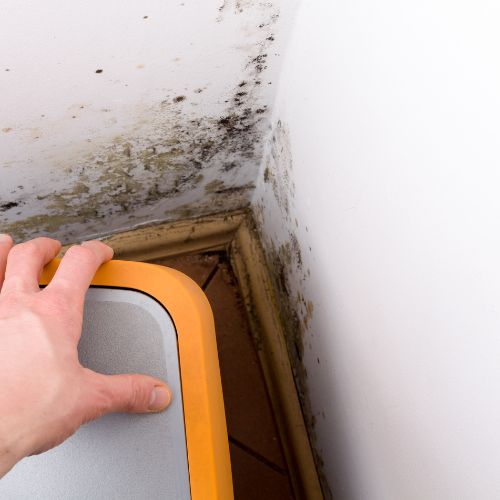
Damp & Mould Growth
Dust mites and the presence of mould or fungus can lead to a range of health threats commonly associated with damp, humid and mouldy conditions. Issues include the triggering of various allergies, asthma and the effects of mould and fungal infection toxins.

Excess Cold
Cold temperatures indoors can be just as damaging as cold temperatures outdoors. A healthy indoor temperature should be 18°C – 21°C. Respiratory conditions such as flu, pneumonia and bronchitis can be caused or aggravated by cold temperatures.

Excess Heat
High indoor temperatures with no regulation measures can be highly damaging. They can lead to dehydration, heat stroke, cardiovascular and respiratory issues,

Asbestos & MMF
Asbestos and manufactured mineral fibres were formally used to insulate buildings and are notorious factors in developing respiratory problems. Asbestos can cause significant damage to the lungs, while MMF can cause damage to the skin, eyes and lungs.

Biocides
Some chemicals used to treat timber and mould growth can cause significant issues to building occupiers’ health. The risk is from breathing the chemicals in or any contact they may have with bare skin and swallowing the chemicals.

Carbon Monoxide
Faulty boilers, among other things, can lead to excess levels of carbon monoxide in a property along with nitrogen dioxide, sulphur dioxide and smoke. Excess amounts can cause dizziness, headaches and breathing problems.

Lead
Lead ingestion from paint, water pipes, soil and fumes can cause lead poisoning. This can cause nervous disorders, mental health issues, infertility, blood production issues and death.
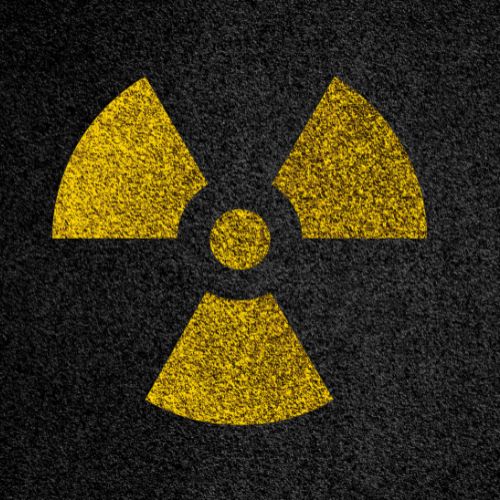
Radiation
Radon gas that comes from the natural breakdown of uranium in soil, can enter a home through a basement or cellar floor in an airborne state but can also be dissolved in water. Exposure to radon has been linked to lung cancer.

Uncombusted fuel gas
Fuel gas escaping into the atmosphere within a property displaces the oxygen in the air and makes it difficult to breathe. It can lead to suffocation, brain damage and death.

Volatile Organic Compunds
A diverse group of organic chemicals, including formaldehyde, that are gaseous at room temperature and can be found in a wide variety of materials in the home, can present a health threat. Issues include aggravated allergies, irritation to the eyes and skin, headaches, dizziness and nausea.

Crowding & Space
Many hazards are associated with the lack of space needed for everyday living, sleeping and general living. A lack of space can cause psychological distress, hygiene issues, accidents and compromised privacy.
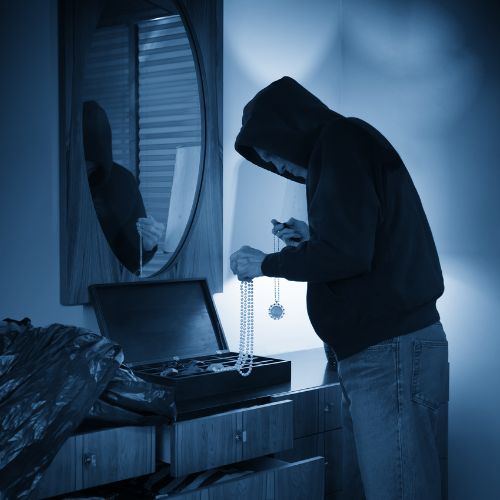
Entry by Intruders
A property must be kept secure against unauthorised entry in terms of entry and exit points. Associated hazards include fear of burglary, stress and aguish from an intrusion or injury by an intruder

Lighting
Inadequate natural or artificial light can cause physical and psychological harm including, eyestrain, mental problems and depression.

Noise
Exposure to noise within the property can cause physical and psychological damage. Issues can be a result of lack of sleep, poor concentration, headaches and general anxiety.

Domestic Hygiene, Pests & Refuse
Health hazards here relate to poor design and layout, which make it hard to keep a property clean and hygienic, therefore attracting pests, and inadequate provisions for storing refuse. Issues include stomach infections, asthma, allergies, disease from rates and physical harm.

Food Safety
Poor facilities for storing, preparing and cooking food can cause significant hygiene issues. Health problems stemming from poor food safety include vomiting, stomach upset and dehydration.

Sanitisation & Drainage Problems
Poor facilities to promote personal hygiene, including personal and clothes-washing facilities, sanitation and drainage, can mean an increased threat of infections and a threat to mental heath.
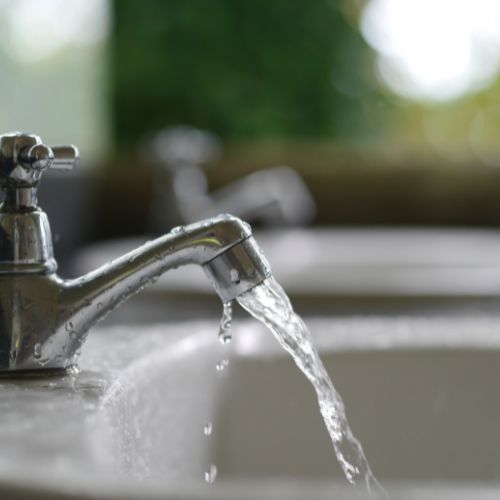
Water Supply
Water contamination by bacteria, viruses and chemical pollutants causes a significant health risk when the water is used for drinking, cooking, washing and bathing. Threats posed include dehydration, fatigue, headaches, dry skin, bladder infections and Legionnaires disease.

Falls Associated with Baths
Falls associated with baths, showers or similar facilities, can cause various physical injuries including, cuts, lacerations, swelling and bruising.

Falls On Level Surfaces
Falls on any level surface denote falls indoors, outdoors or on paths, including falls associated with trip steps, threshold strips or ramps where the change in level is less than 300mm. Some injuries include broken bones, brain damage or cuts and bruises
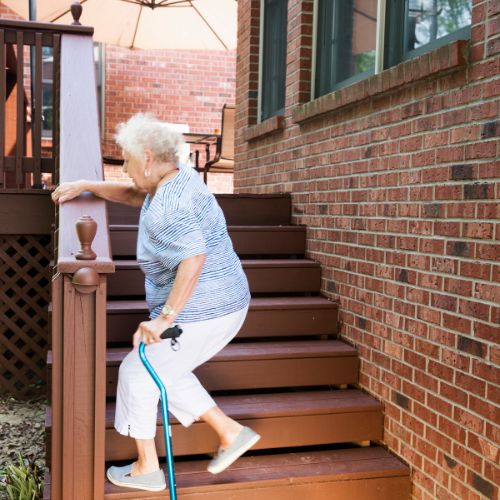
Falls on stairs and ramps
Falls associated with stairs and ramps denote falls where the change in level is greater than 300mm. They include internal and external stairs and ramps, access to the property and shared facilities or means of escape. Some injuries including spinal damage, bruising and cuts.
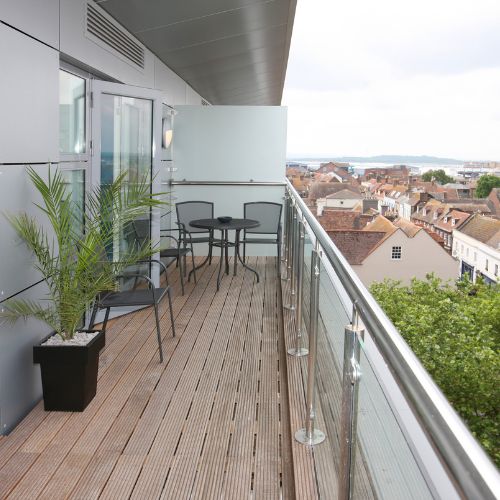
Falls Between Levels
Falls between levels denote falls from one level to another, such as from a window, balcony or landings, Some injuries include bruising, fractures or death.

Electrical Hazards
There are many electrical hazards associated with faulty equipment or exposed wiring. Injuries include electric shocks, burns, risk to life.

Fire
Uncontrolled fire and associated smoke present various threats to health, including injuries from hair or clothing catching fire.

Flames, Hot Surfaces & Materials
Injuries caused by contact with a hot surface, flame, object, and non-water-based liquids are common. Scalds are caused by contact with hot liquids and vapours. This can cause permanent scarring.
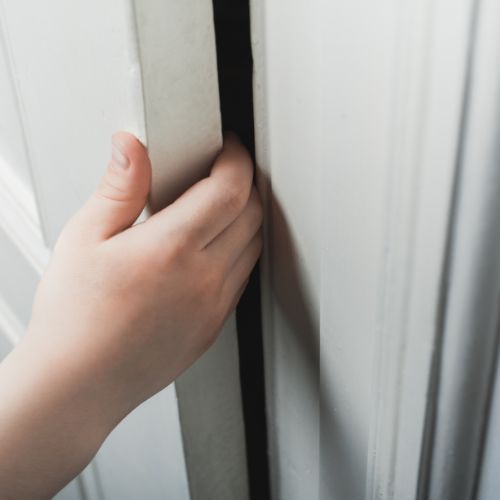
Collisions & Entrapment
There is a risk of physical injury from trapping body parts in architectural features e.g. trapping fingers in doors or windows or colliding with low ceilings.
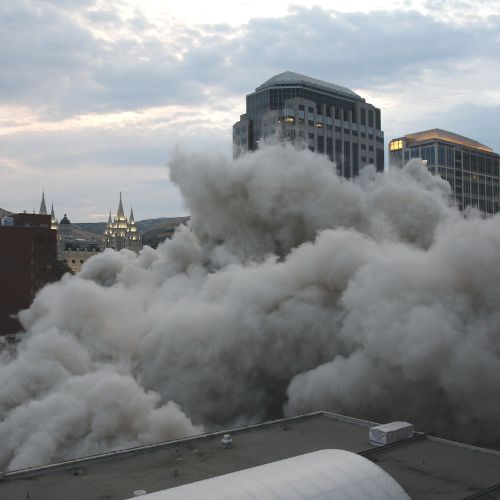
Explosions
The blast of an explosion, from debris generated from the blast and from partial or total collapse of a building can cause physical injury such as crushing, puncture, fractures, spinal injuries and death.

Ergonomics
There is a risk of physical strain associated with functional space and other features at the dwelling.

Structural Collapse & Falling Elements
Inadequate fixing, disrepair or adverse weather conditions can lead to the threat of a dwelling collapsing or part of the fabric being displaced.





